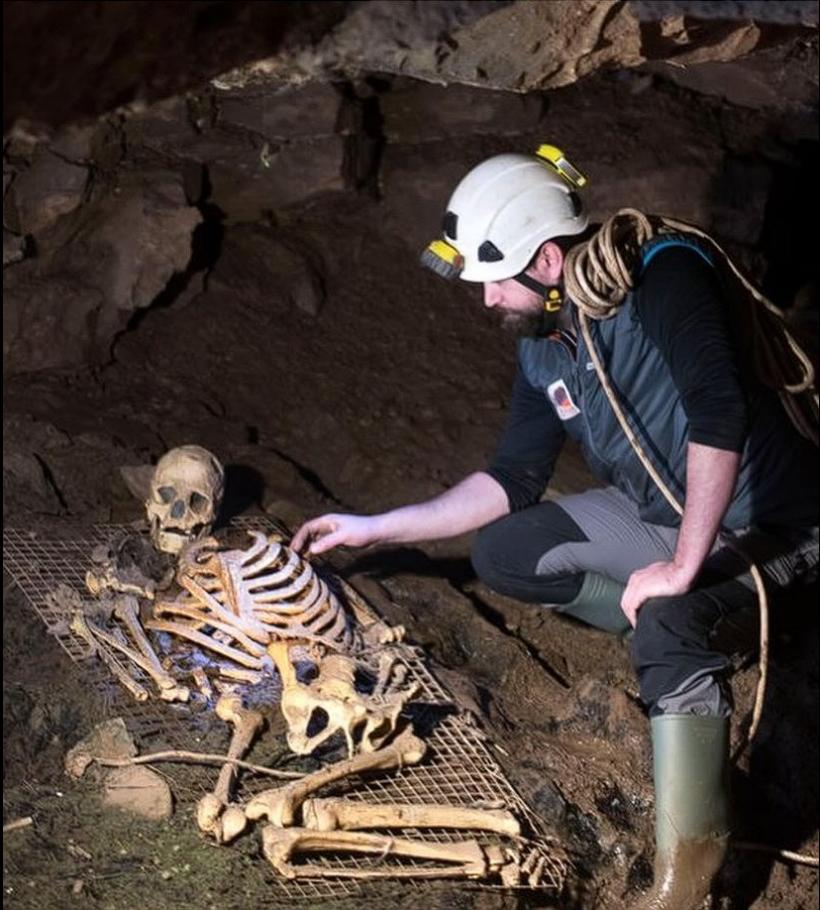The Mysterious Origin of Blue Eyes in Human History
Long before cities rose and empires fell, all humans shared a striking trait: brown eyes. It was nature’s standard—born from melanin, shaped by evolution, and embedded in our DNA for tens of thousands of years. But around 10,000 years ago, in a small region near the Black Sea, nature made a quiet but world-changing pivot. One genetic mutation altered everything we thought we knew about human appearance.
This is the story of how blue eyes originated in humans—a journey of chance, adaptation, and ancient genetic echoes that still shine in our gaze today.

The Birth of Blue Eyes: A Mutation That Changed Human Appearance
The HERC2 Gene and a Hidden Switch
Scientists believe that the origin of blue eyes can be traced to a single individual born with a mutation in a gene called HERC2. This gene doesn’t directly produce eye color but acts like a switch, controlling another gene called OCA2. The OCA2 gene is responsible for the production of melanin, the pigment that colors skin, hair, and eyes.
In this unique case, the HERC2 mutation didn’t add something new—it turned something off. The result was reduced melanin in the iris, causing a dramatic shift from brown to blue.
From Brown to Blue: A Loss of Melanin
With melanin suppressed, the once-brown iris began to reflect shorter light wavelengths, revealing a hue the world had never seen in human eyes—blue. It’s important to understand that blue eyes don’t actually contain blue pigment; instead, they scatter light, much like the sky, giving them their signature color.
A Single Ancestor Shared by Millions
Genetic studies suggest that nearly all blue-eyed individuals alive today—about 8–10% of the global population—share this exact same mutation. This implies they all descend from a single ancestor, whose unusual gaze marked a genetic fork in humanity’s visual legacy.
Cheddar Man: The Surprising Face of Ancient Europe
A 10,000-Year-Old Discovery in a Somerset Cave
In 1903, archaeologists exploring Gough’s Cave in Cheddar Gorge, Somerset, made a remarkable discovery: a near-complete skeleton of an early Briton, now famously known as Cheddar Man. At over 10,000 years old, his remains offered a rare glimpse into Mesolithic life in Britain.
DNA Tells a Different Story
It wasn’t until over a century later, thanks to advanced DNA analysis, that scientists uncovered a startling fact: Cheddar Man had dark skin, curly hair—and blue eyes. The presence of the HERC2 mutation in such an ancient individual challenged traditional assumptions about European ancestry and the visual traits we associate with ancient populations.
The Unexpected Combination: Dark Skin and Blue Eyes
Today, this mix of features might seem rare. But Cheddar Man’s genetics remind us that ancient humans were far more diverse than we once believed. Traits we now view as opposites—like dark skin and blue eyes—once coexisted in early populations across Europe.
Why Did Blue Eyes Spread? Evolution, Beauty, and Climate
Was It Natural Selection or Just Genetic Drift?
One mystery remains: why did this mutation survive and spread so widely across Europe? Some scientists believe genetic drift, or random chance, could explain it. In small populations, even rare traits can become common over generations simply by luck.
Blue Eyes and Mating Preference
Another theory suggests sexual selection played a role. In early human communities, rare and striking traits—like blue eyes—may have been seen as beautiful or exotic, influencing mate choice and increasing the likelihood of those genes being passed on.
Light Environments and Eye Color Adaptation
Lighter eye colors may also have had practical advantages in Northern climates. In regions with less sunlight, reduced melanin can help with light sensitivity. This may explain why blue eyes are more common in Northern Europe, while brown remains dominant closer to the equator.
The Genetic Web: What Blue Eyes Reveal About Human Migration
Tracing Ancient Routes Through Eye Color
The spread of the blue-eye gene offers clues about ancient human migration across Europe and Central Asia. By studying genetic markers like HERC2, researchers can map how early humans traveled, settled, and mixed across millennia.
Shared Mutation, Shared Heritage
The fact that millions of people today share a single genetic source for blue eyes connects them to a common ancestor—not just culturally, but biologically. It’s a testament to how deeply intertwined our stories are, no matter where we live today.
Beyond Skin Deep: Diversity in Unexpected Places
Cheddar Man’s example reminds us that physical features don’t always follow expected patterns. Skin tone, hair texture, and eye color evolved independently and responded to environmental pressures in complex ways. This makes human diversity far richer than the simple racial categories once imposed by science.
How Modern Science Unlocked the Secrets of Eye Color
The Role of Ancient DNA Analysis
Only recently has ancient DNA technology allowed scientists to decode the genomes of people like Cheddar Man. By extracting genetic material from bone and teeth, researchers can piece together a fuller picture of our ancestors’ appearance and health.
Blue Eyes as a Genetic Marker
Unlike other traits, eye color is relatively easy to trace because it’s controlled by a small number of genes. That makes it a valuable marker for studying population genetics, ancestry, and evolution.
Ongoing Research and Surprising Finds
New discoveries continue to emerge, challenging our assumptions about early humans. From Siberia to Scandinavia, skeletons once assumed to be “white” or “black” based on geography alone are revealing unexpected genetic mixtures—including blue-eyed individuals in Africa and the Middle East.
Conclusion: A Ripple That Changed How We See
One small mutation near the Black Sea set off a ripple effect that changed how humans look—and how they see. Today, blue eyes continue to fascinate us, not just for their beauty but for the deep genetic story they carry. From the ancient bones of Cheddar Man to modern eyes reflecting the same silent gene, we are reminded that diversity and connection go hand in hand.
So next time you look into a pair of blue eyes, remember: they carry the light of a 10,000-year-old sky, and the legacy of a single moment when nature quietly rewrote our reflection.

CÁC TIN KHÁC
Mary Walton: The Forgotten Inventor Who Helped Clean Up America’s Cities
Tomb of Queen Nefertari in the Valley of the Queens, Egypt
Discover the Hypostyle Hall of the Temple of Hathor at Dendera
Venus de Losange: Unveiling the Mystery of a 20,000-Year-Old Paleolithic Icon